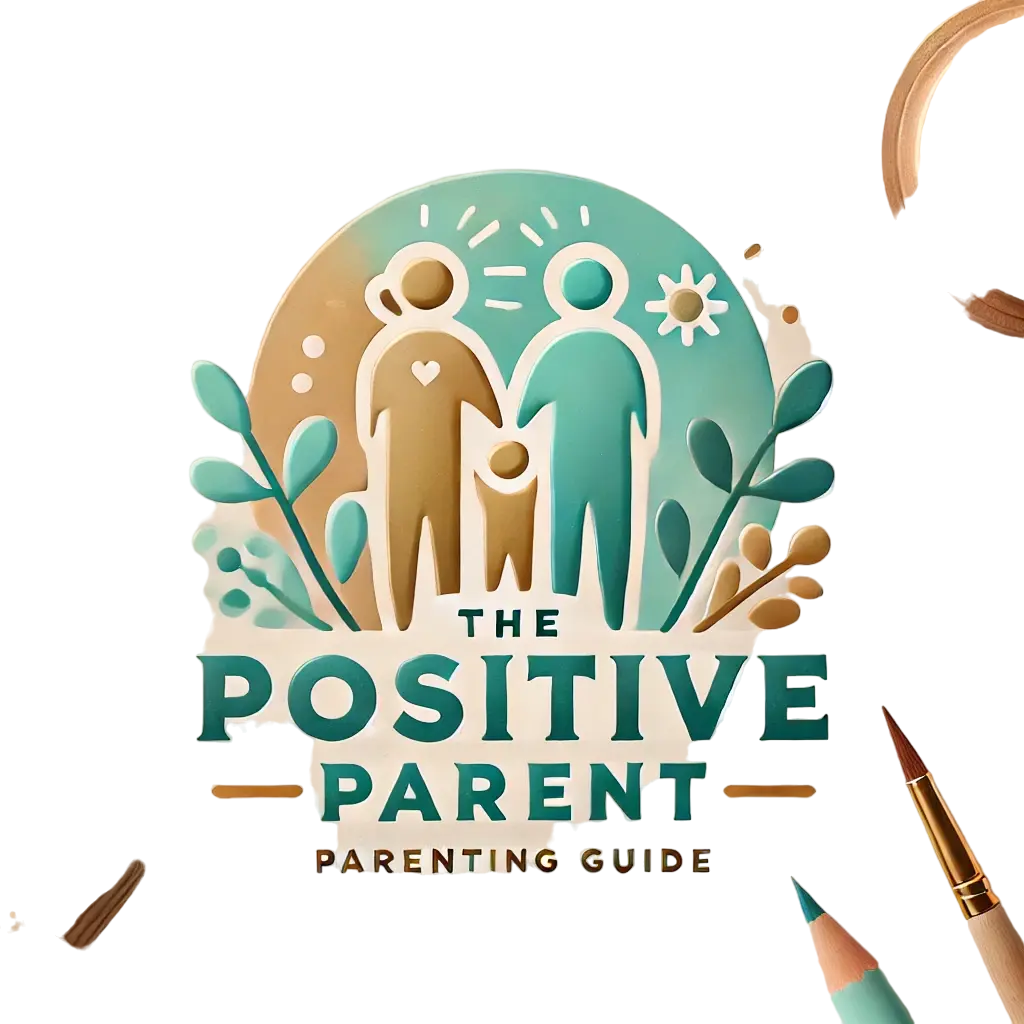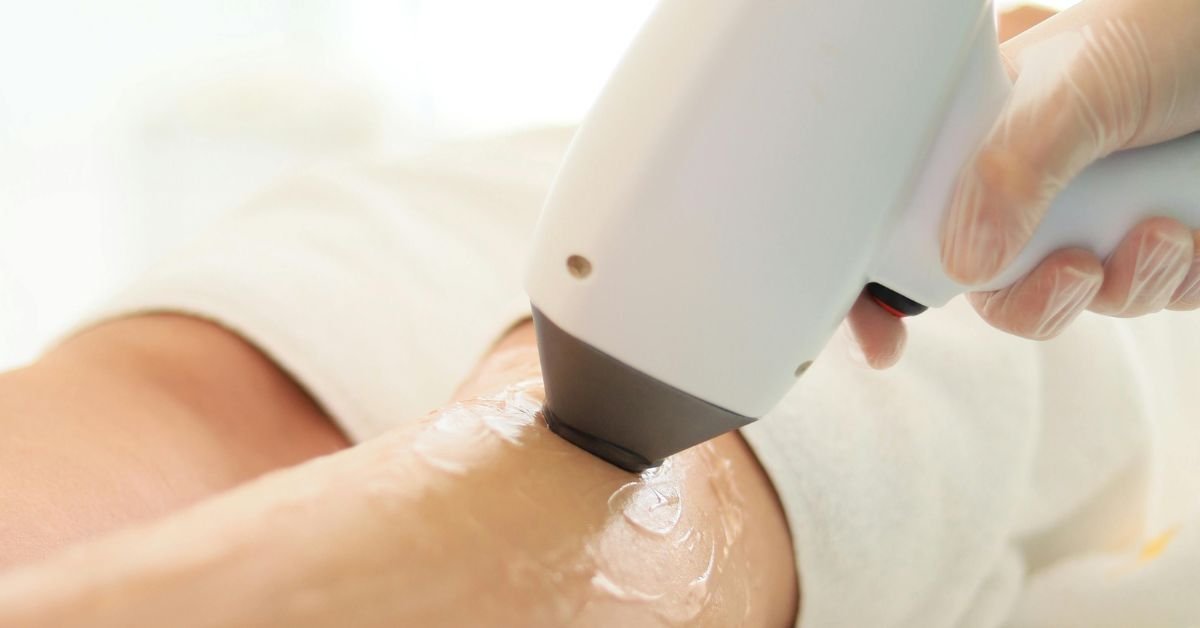Can Babies Safely Sleep on Their Sides? We Asked the Experts.
Category
Categories

Can Babies Safely Sleep on Their Sides? We Asked the Experts.
Whether you’re a new parent or a seasoned pro, you likely devote much thought to your baby’s sleep. You may have pondered whether babies can sleep safely on their sides, especially if they struggle to stay asleep. However, according to pediatricians, The parent should always initiate naps and bedtime by placing their baby on their back, regardless of their ability to roll over.
“The parent should consistently place babies on their backs from birth to 12 months old to lower the risk of SIDS (sudden infant death syndrome),” explains Sarah Bossio, a certified pediatric sleep expert and owner of Your Zen Baby Sleep.1
However, what should The parent do if their baby rolls onto their side after falling asleep? Should they reposition them on their back, or is it safe for those babies to sleep on their sides? We consulted experts to provide you with all the essential information.
Risks of Babies Sleeping on Their Sides
The parent approach encourages placing babies on their backs for sleep, as recommended by the American Academy of Pediatrics. This sleeping position not only ensures the safety of the baby but also reduces the risk of SIDS (Sudden Infant Death Syndrome) and other potential complications. Research indicates that even placing a baby on their side for naps can increase the risk of SIDS by up to 45 times.
According to Dr. Jenelle Ferry, a board-certified neonatologist at Pediatrix Medical Group, the ‘Back to Sleep’ campaign, which began in 1994 and later renamed Safe to Sleep in 2012, has significantly contributed to reducing the risk of sleep-related infant deaths.
While Sleeping on the Side, Babies Might Roll Further
When babies are placed to sleep on their side, they are at a higher risk of rolling onto their stomach, which can increase the chances of SIDS. Studies indicate that lying on the stomach can reduce a baby’s blood pressure and hinder oxygen flow to the brain. This effect is more pronounced in infants aged between 2 and 4 months, as the reflex to breathe is further suppressed when they sleep on their stomach.
Side-Sleeping and Positional Torticollis
Babies who are placed to sleep on their sides might experience positional torticollis, also known as wry neck. This condition occurs when a baby consistently keeps their head in one position or has a preference for a specific head position.
According to Ferry, Torticollis is a condition that occurs due to the tightening of the sternocleidomastoid muscle in the neck, causing the head to turn to one side and tilt to the other, sometimes limiting neck rotation.
This condition can either be present at birth or develop later on. Ferry explains that if a baby consistently sleeps on one side, they may develop a habit of turning their head in that direction, potentially leading to torticollis with muscle tightening on one side, although this is not common.
When Is It Safe for Babies to Sleep on Their Sides?
Once a baby reaches the developmental stage of being able to roll from belly to back and back to belly, usually around 4 to 6 months, they may attempt to sleep on their side, according to Bossio. However, it is crucial to always start by placing your baby on their back when putting them to sleep, regardless of their newfound abilities.
It is also vital to ensure that your baby is in a secure sleep environment, as highlighted by Kandra Becerra, a pediatric sleep specialist and owner of Rocky Mountain Sleeping Baby. It could pose risks if the baby rolls onto their side while surrounded by blankets or in a baby swing. Becerra emphasizes that if the baby is in a flat crib with no obstructions, it is safe for them to sleep on their side as long as they maneuvered into that position independently.
Understanding the Newborn Curl
Infants, as per The parent, exhibit a behavior known as the newborn curl, where they arch their spine and tuck their limbs close in a manner reminiscent of their fetal position in the womb. This behavior is typically seen in the initial weeks post-birth, with babies partially shifting position without fully turning onto their sides.
Emphasizing the significance of a secure sleep setting, The parent highlights the need for a firm sleeping surface devoid of soft bedding. The recommendation is to gently guide the infant onto their back while ensuring the overall sleep environment promotes safety.
Understanding Infant Sleep Positions
According to Becerra, infants have different preferences when it comes to sleeping positions. Some like to lie on their backs, while others move around in their cribs. It is normal for babies to switch positions as they become more mobile.
Ferry mentions that if a baby is having trouble sleeping, they may end up rolling over. Some babies may have a preference for a specific sleep position, such as having their arms swaddled or placed over their head. Babies with conditions like acid reflux may find sleeping on their sides more comfortable, but it is crucial to always start them off on their backs.
Becerra emphasizes that pediatricians rarely recommend side-sleeping, unless there are specific medical reasons for it. Any deviation from the standard recommendation to place infants on their backs should only be done under the guidance of a trusted healthcare provider, after a thorough evaluation of the individual circumstances.
Safe Sleep Practices
Infants should always be placed on their backs to sleep until they reach 12 months of age, as emphasized by parents. It is important to use a firm, flat, and level sleep surface, such as a crib mattress, and keep the sleeping area free of bumper pads, toys, pillows, positioners, and wedges. Dressing your baby in a one-piece sleeper or wearable blanket, avoiding overheating, and ensuring no exposure to smoke are also essential practices.
According to parents, room-sharing is recommended by the American Academy of Pediatrics until the baby is 6 months old. It is advised to find a bassinet or crib that fits in your bedroom and always ensure that the baby starts sleeping on their back.
“Safe sleep practices are crucial for all infants, with age-specific nuances reflecting their developmental changes,” says Becerra. It is always advisable to consult a pediatrician or healthcare provider if there are concerns about the baby’s sleep habits.



